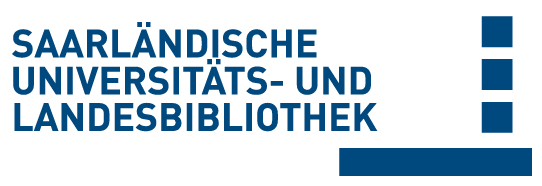Please use this identifier to cite or link to this item:
doi:10.22028/D291-45686 | Title: | Drying of Functional Hydrogels: Development of a Workflow for Bioreactor-Integrated Freeze-Drying of Protein-Coated Alginate Microcarriers for iPS Cell-Based Screenings |
| Author(s): | Balsters, Johnn Majd Bäumchen, Alexander Roland, Michael Diebels, Stefan Neubauer, Julia C. Gepp, Michael M. Zimmermann, Heiko |
| Language: | English |
| Title: | Gels |
| Volume: | 11 |
| Issue: | 6 |
| Publisher/Platform: | MDPI |
| Year of Publication: | 2025 |
| Free key words: | suspension bioreactor drug discovery pluripotent stem cells freeze-drying (UHV)-alginate tissue engineering |
| DDC notations: | 500 Science |
| Publikation type: | Journal Article |
| Abstract: | Protein-coated ultra-high viscosity (UHV)-alginate hydrogels are essential to mimic the physiological in vivo environment of humans in several in vitro applica tions. This work presents an optimized bioreactor-integrated freeze-drying process for MatrigelTM-coated UHV-alginate microcarriers in the context of human induced pluripotent stem cell (hiPSC) expansion. The impact of freeze-drying on the UHV-alginate microcar riers using trehalose 100 mg/mL in 0.9% NaCl as a lyoprotective agent, as well as the stem cell response using hiPSCs, was analyzed using microscopy-based screenings. First observations of the process showed that the integrity of the cake was preserved in the samples with a maximum vapor exchanging rate. Following rehydration, the UHV-alginate microcarriers retained their original morphology. Upon the addition of Poloxamer 188, stickiness and bubble formation were reduced. The expansion of hiPSCs in a suspension bioreactor resulted in a 5–7-fold increase in total cell count, yielding at least 1.3 × 107 cells with viability exceeding 80% after seven days of cultivation. In flow cytometry analysis, the pluripotency factors OCT3/4 and SSEA4 resulted in positive signals in over 98% of cells, while the differentiation factor SSEA1 was positive in fewer than 10% of cells. Supported by preceding in silico predictions of drying time, this study presents, for the first time, basic steps toward a “ready-to-use” bioreactor-integrated freeze-drying process for UHV-alginate microcarriers in the iPSC context. |
| DOI of the first publication: | 10.3390/gels11060439 |
| URL of the first publication: | https://doi.org/10.3390/gels11060439 |
| Link to this record: | urn:nbn:de:bsz:291--ds-456867 hdl:20.500.11880/40185 http://dx.doi.org/10.22028/D291-45686 |
| ISSN: | 2310-2861 |
| Date of registration: | 27-Jun-2025 |
| Faculty: | NT - Naturwissenschaftlich- Technische Fakultät |
| Department: | NT - Biowissenschaften NT - Materialwissenschaft und Werkstofftechnik |
| Professorship: | NT - Prof. Dr. Stefan Diebels NT - Prof. Dr. Heiko Zimmermann |
| Collections: | SciDok - Der Wissenschaftsserver der Universität des Saarlandes |
Files for this record:
| File | Description | Size | Format | |
|---|---|---|---|---|
| gels-11-00439.pdf | 8,37 MB | Adobe PDF | View/Open |
This item is licensed under a Creative Commons License


